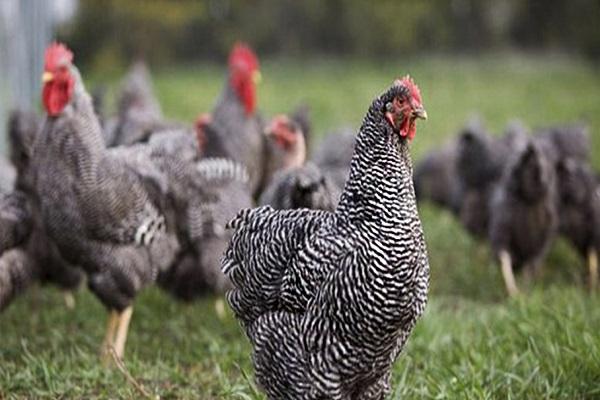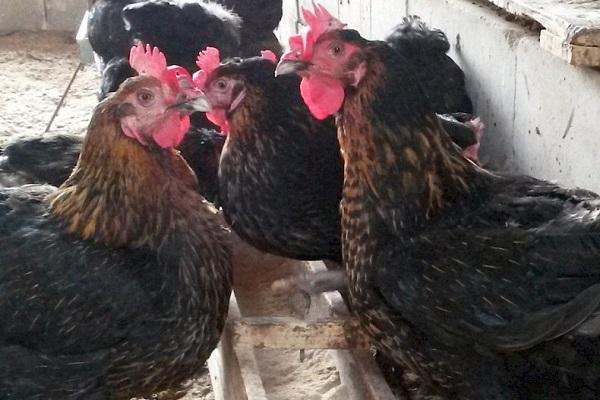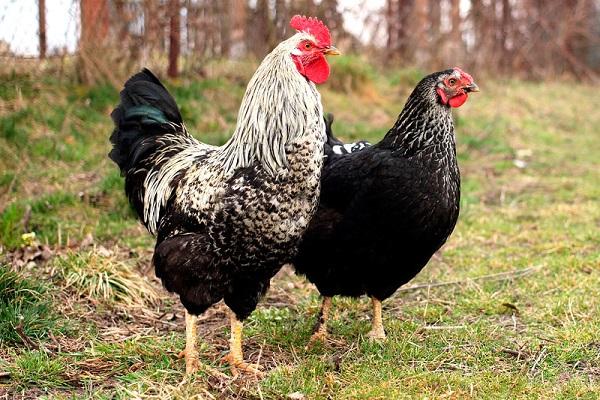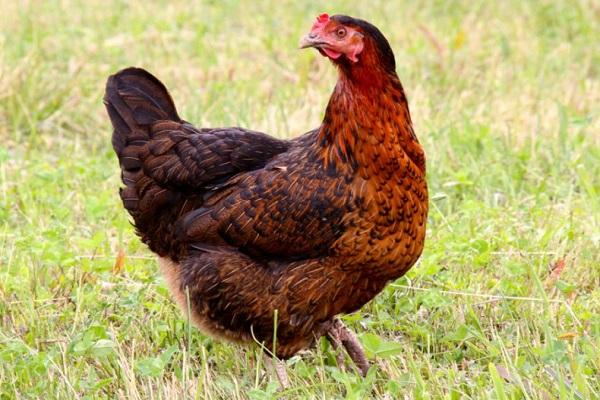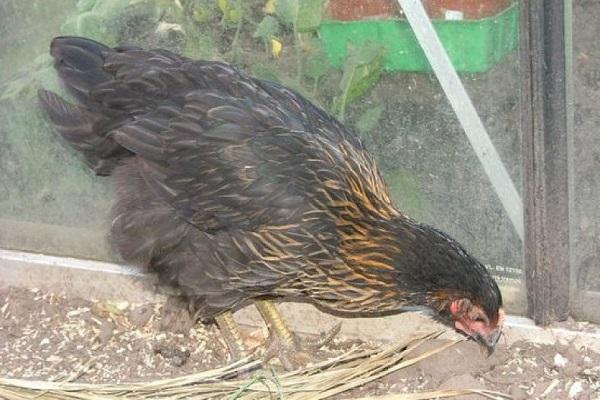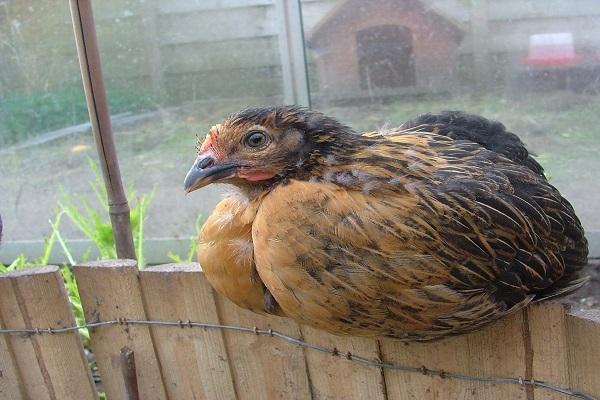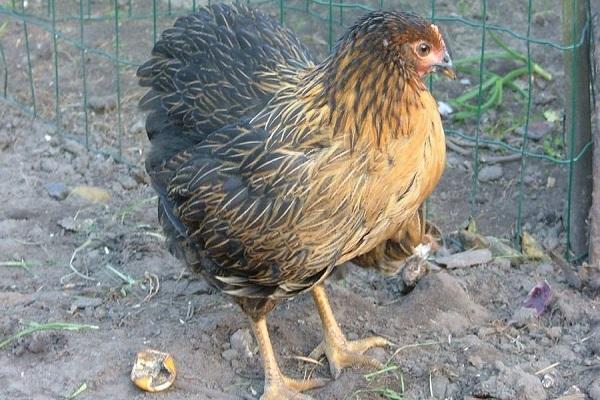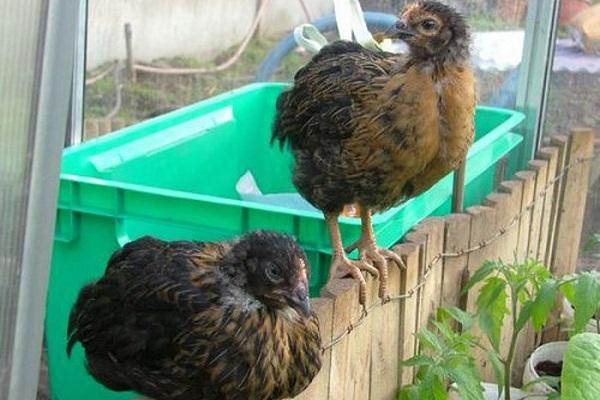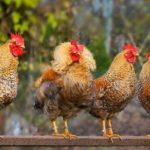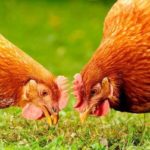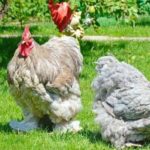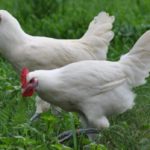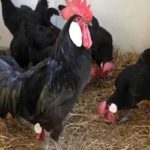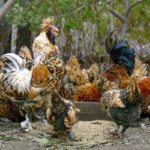Description of the egg-meat breed of Super Harko chickens includes characteristics of behavior, nutrition and productivity. This is a hybrid species of bird that is similar to the Harko chicken. They were developed by scientists from a Hungarian company. Birds are suitable for keeping on private farms and poultry farms.
Description and characteristics of the breed
A detailed description and characteristics of the breed include external data, character, brooding instinct, meat performance and egg production.
Appearance and physique
The Hungarian company Tetra developed the Super Harko breed. Birds are practically no different from other black breeds. The coloring of roosters and hens is black, with a green tint. Light brown feathers are visible towards the neck.
The physique is massive, males are larger than females. The chest is wide, the neck is short and large. The paws are long, without pubescence, have four toes, and are colored yellow or gray. They help them secure themselves on the perch.
Character of birds
The nature of the cross is quite calm. They get along well with other animals. They are tame and not afraid of their owner. They can easily tolerate stressful situations; this does not affect egg productivity in any way. If necessary, live in a cage or move to a new place, they quickly adapt.
Important! Super Harko tolerates living well with other breeds and species of birds.
Hatching instinct
Many chicken breeds lose their brooding instinct. Why do you have to use incubators? For industrial purposes, this is even beneficial, since chickens lay fewer eggs during roosting.
Super Harkos have retained the brooding instinct. Chickens hatch their eggs, then try to raise and raise their chicks.
Meat indicators
Super Harko are suitable for growing for meat production. At the age of 2 months, roosters weigh 2 kg, and females 1.7 kg. By 6 months they gain weight by 2 times. Up to 1 year, the weight is maintained at around 4 kg.
To obtain meat, it is recommended to kill chickens after 1 year of life. Then they don't gain weight.
Laying level
The first clutches begin at the age of 21-22 weeks. On average, each egg weighs 65 g. During the year, one chicken lays 220-225 eggs. This figure is very high.If you leave chickens only to get eggs, then they need to be provided with a separate diet. Birds stop laying eggs when they reach 2 years of age. Therefore, it is recommended not to keep them for longer than 1 year.
The quality and quantity of eggs depends on the conditions of detention and the quality of food. The better these indicators are, the more eggs the chicken will lay.
Advantages and disadvantages
The Super Harko chicken breed has its positive and negative aspects. The advantages include:
- high egg production rates;
- meat productivity;
- developed perching instinct;
- picky eating habits;
- flexible and calm character;
- frost resistance;
- immunity to many chicken diseases.
The only disadvantage noted is that the process of feathering in chickens takes longer than in other breeds, so they have to be kept warm longer.
Features of the breed
Super Harko can be kept in a chicken coop or cage. It all depends on the area of the room and the number of individuals. In both cases, certain conditions must be met.
In the chicken coop
Despite the high frost resistance, the air temperature in the chicken coop should not fall below +10 °C. You should take care of this in advance and insulate the walls with foam plastic or glass wool. The floor must have a layer of straw or sawdust at least 7 cm thick.
Water bowls and food cups should be in an accessible place. You need to keep order in the chicken coop, remove droppings, and ventilate the room. Treat the walls once a month with a solution of potassium permanganate.
Important! You can buy a chicken coop ready-made or make it yourself, the main thing is to allocate the space correctly. Equip perches, feeders, heating, ventilation.
In a cage
This option is suitable for keeping a large number of chickens in a small area. The Super Harko breed is suitable for cages. The level of egg production will not be affected, and the birds will also begin to gain weight, consuming less feed. This happens due to low mobility.
Conditions are created in the cage with an average humidity of about 50-60% and a temperature of 25-27 °C. Feeders and drinking bowls should always be within reach. Also, the cage is regularly put in order: droppings are removed, a layer of straw is made.
If the goal is to raise birds for meat, then they are placed in a cage from 1 month of age. If it is for laying eggs, then they need to be collected as often as possible so that the chickens do not start pecking at them.
Diet
For young chickens and adults, the diet is different. This occurs due to the chicks getting used to new food. Adult birds need to saturate their diet with all the necessary components.
For young animals
In the first 10 days after hatching, the chicks should be fed well-ground food. Provide constant access to clean and fresh water. Chick mixtures consist of:
- egg white;
- cottage cheese;
- croup;
- chopped greens.
Until 10 days of age, birds can eat only liquid and warm food. From 1.5-2 months of age, chickens are gradually transferred to balanced feed. For Super Harko, choose food marked “For egg-meat breeds.”
Compound feed is made from crushed grains, legumes, legumes, and oilseeds. They are enriched with special mineral compounds that are necessary for the development of chickens.
The nutrition of young animals must be carefully monitored; their future productivity depends on this.
For adult chickens
In industrial conditions, adult chickens are fed with specialized feed. They consist of:
- bone meal;
- chalk;
- meal;
- grain crops;
- mineral complexes.
At home, poultry farmers prefer to prepare their own compositions. Super Harko eat any food. Mash is prepared from a mixture of wet grains and vegetables. They also add:
- cucumbers;
- zucchini;
- green onions;
- fruits;
- berries;
- nettle;
- chamomile decoctions.
Subtleties of breeding
Young laying hens ready for breeding and one rooster are selected. They are placed in a separate compartment for chickens. Observe the behavior of chickens. As soon as she begins to hatch eggs, you need to limit access to the roost to other hens and roosters.
Possible diseases
Super Harko has very strong immunity. They take root well in the new place. The survival rate of chicks is 95%. The immune system protects birds from bacterial and viral infections. They tolerate winter well, especially when optimal conditions are created.
In rare cases, chickens can get sick. This occurs due to non-compliance with care rules, insufficient nutrition, and frequent drafts. They are exposed to:
- typhus;
- coccidosis;
- salmonellosis;
- plague;
- ornithosis.
To combat the disease, it is necessary to study the symptoms and treatment methods. In severe cases, you can consult a veterinarian.

